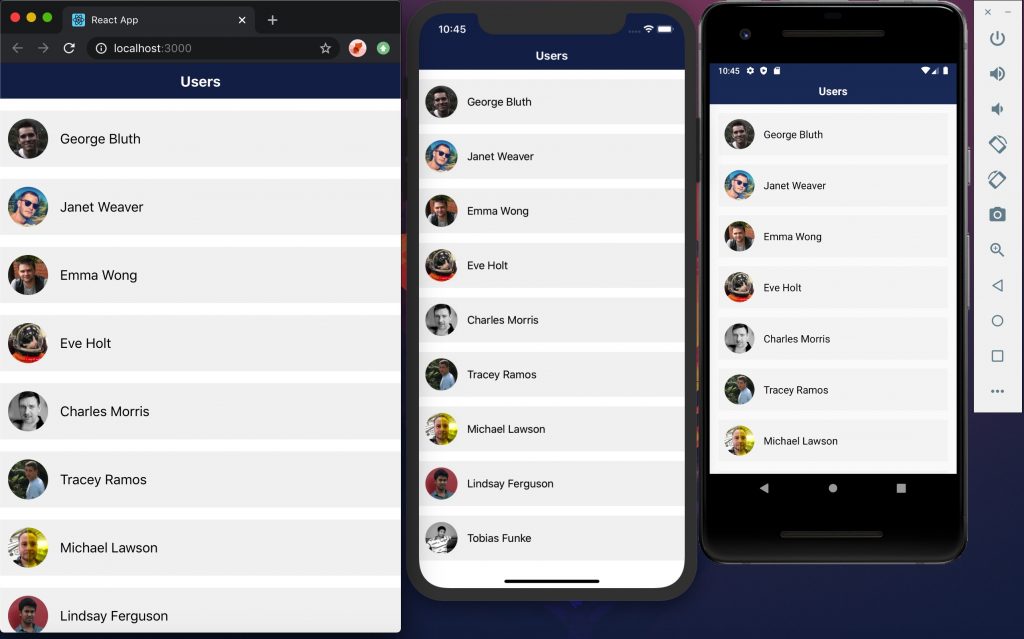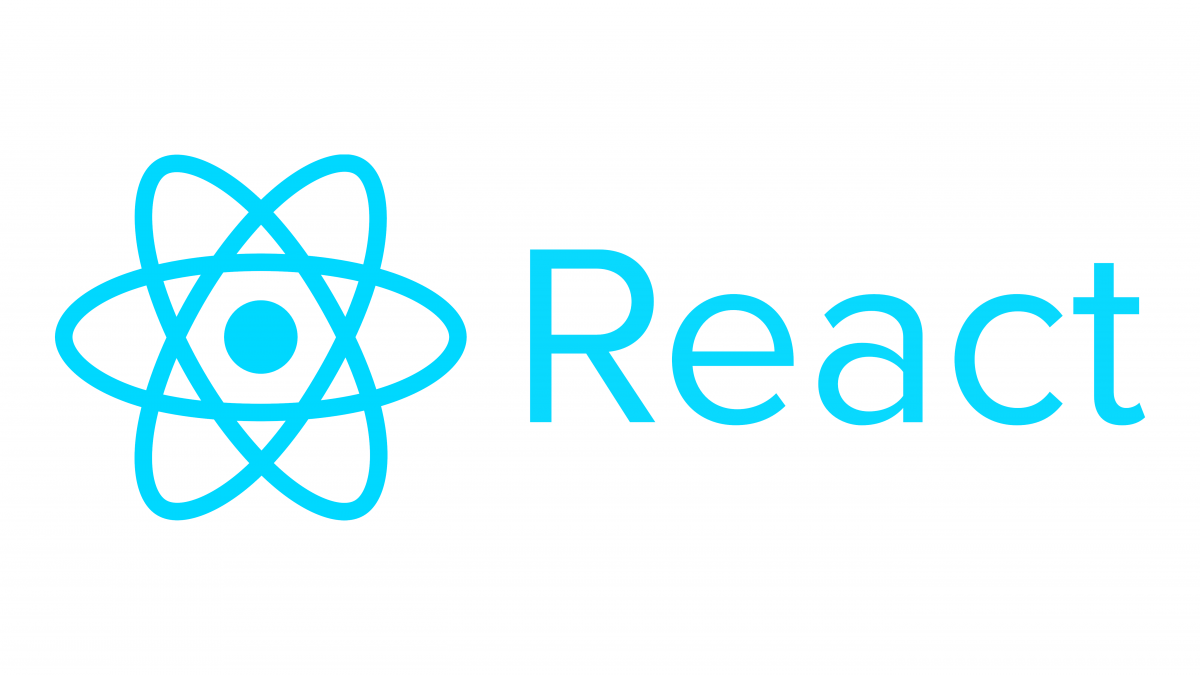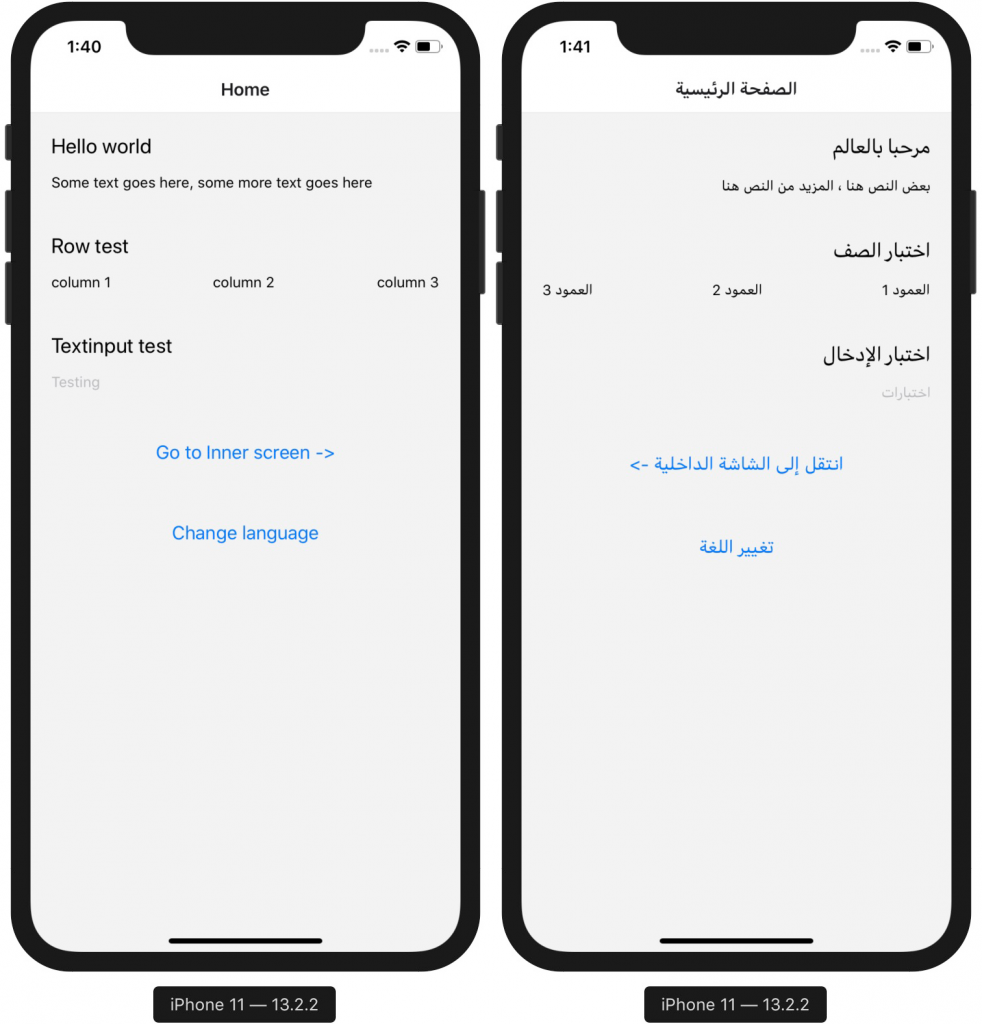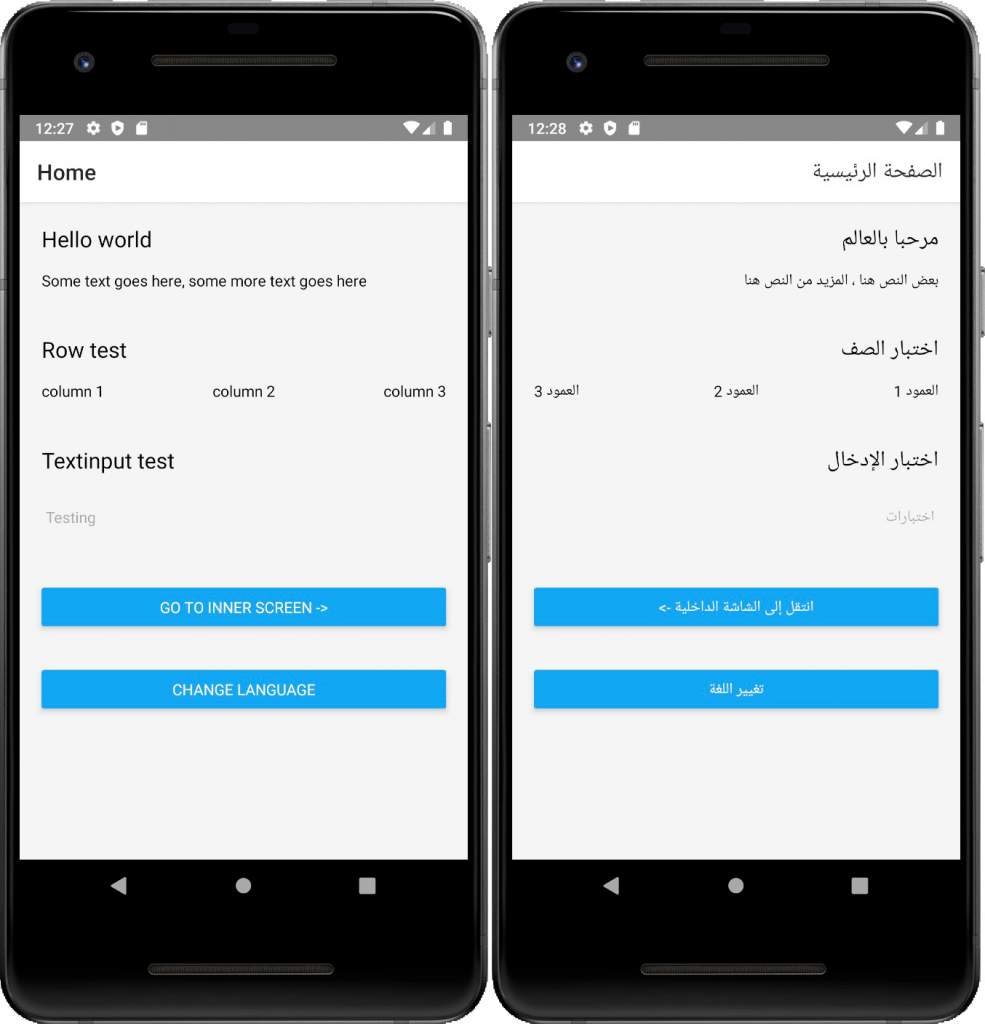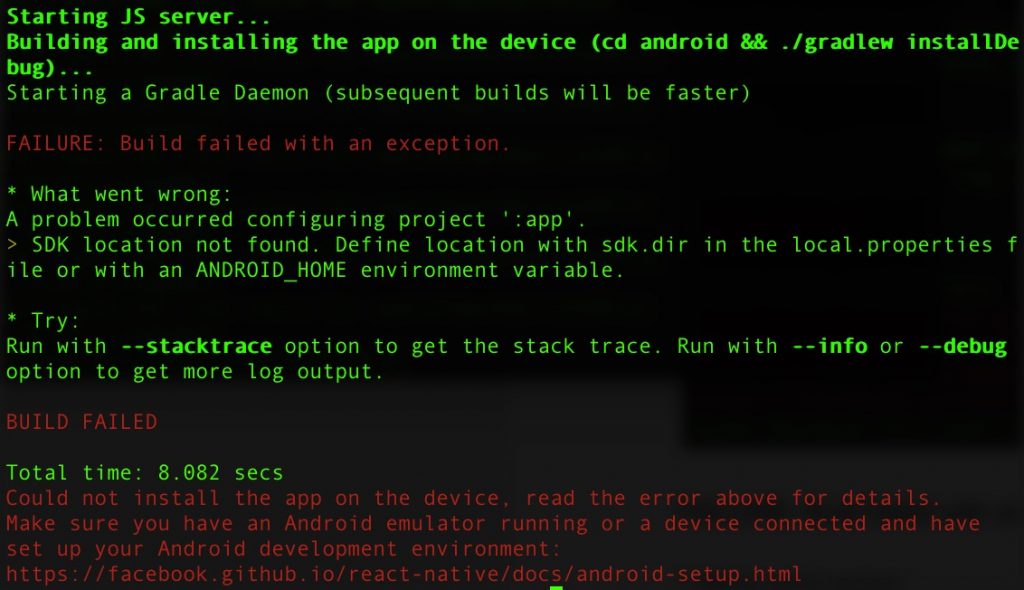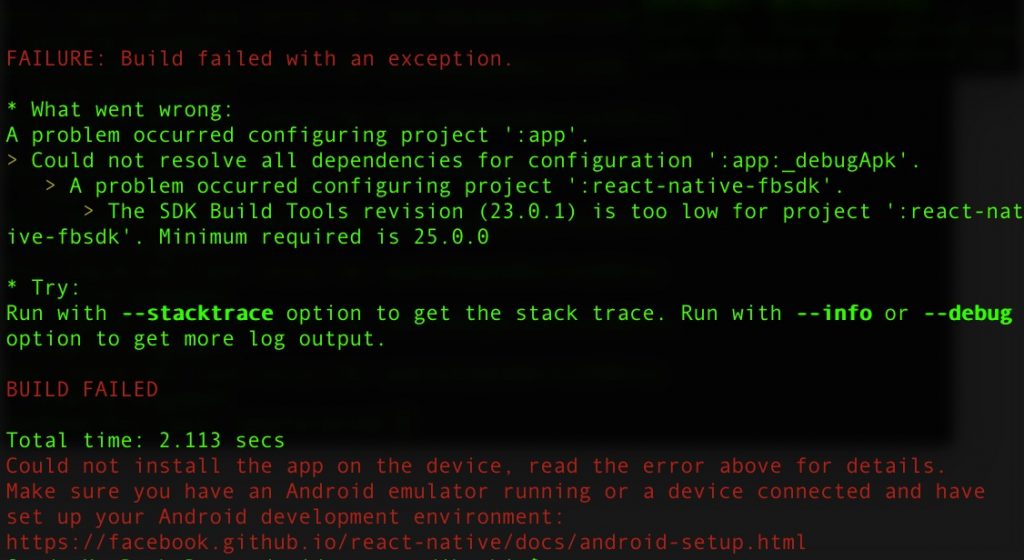Implementing deep linking is an important part of building an app with a good user experience, it can allow you to launch your app from other apps, open links in the app instead of browser for a better experience, etc.
There are two ways to implement deep linking, one is called “Universal links” in iOS or “App links” in Android, and the other type is called URL schema. Based on your use case you can choose to implement both or one of them, you can find the difference between the two here.
In this video tutorial, I will show you how to implement deep linking in both iOS and Android using both methods.
Project Files
https://github.com/saadibrahim/react-native-deep-links

